39 grammatical labels and functional labels of words
Label: In a Sentence - WORDS IN A SENTENCE Examples of Label in a sentence. Before we sell these items at the garage sale, we will need to label each one with a price tag. The teacher will label each student's folder so that she knows where to put each child's work. In science class, students had to label the parts of the skeleton by placing word tags on each bone. Help | Merriam-Webster The stylistic labels disparaging, offensive, obscene, and vulgar are used for those words or senses that in common use are intended to hurt or shock or that are likely to give offense even when they are used without such an intent: grin·go . . . noun . . . often disparaging piss away transitive verb . . . sometimes vulgar
Grammar of English -- Chapter 9 - Arizona State University Grammatical categories such as the determiner also function inside phrases, whereas auxiliaries function in the Verb Group, see chapter 6, and complementizers link one sentence to another. The grammatical categories only function inside other phrases: they never function as subjects or objects, i.e. at sentence level. ... its label is Adv.
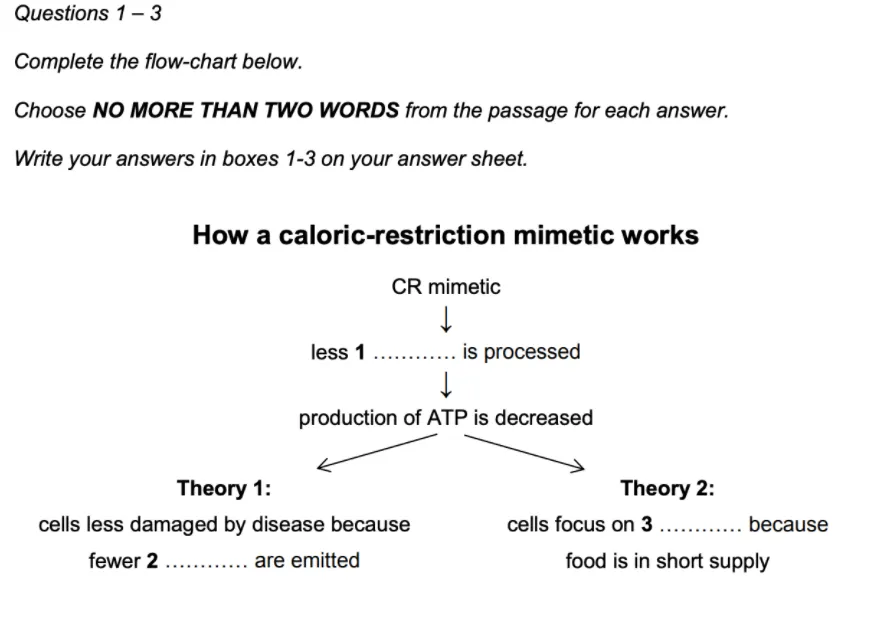
Grammatical labels and functional labels of words
PDF Functional Grammar and Its Implications for English Teaching and ... - ed In functional grammar, these classes of words do not disappear. However, functional grammar places English words into four big groups: noun group, verb group, adjective group, and prepositional group ... while functional grammar gives a clause different functional labels depending on three kinds of metafunctions (See Example 2). Example 1 ... Grammatical functions in the clause | Englicious.org Grammatical functions are the roles that different constituents (strings of words acting as units) play in clauses. Examples are Subject and Object (also called Direct Object ). NOTE: We use initial capitals for functional terms like Subject and Object, to make it easier to distinguish them from formal terms like noun, noun phrase, verb, etc. Function vs. Category | Grammar Quizzes A grammatical function: is what a particular word, phrase or clause does, the role it serves in a phrase —head or dependent (determiner, marker, modifier) or in a clause— subject, predicate, complement, adjunct, supplement. See bold-red words under "clause" in the above diagram link. may take form with a word, phrase or clause.
Grammatical labels and functional labels of words. Definition and Examples of a Grammatical Category - ThoughtCo One of the simplest ways to create grammatical categories is by grouping words together based on their class. Classes are word sets that display the same formal properties, such as inflection or verb tense. Put another way, grammatical categories can be defined as sets of words with similar meanings (called semantics.) The Form-Function Method: Teaching Grammar with Grammatical Form and ... Grammatical form also includes the internal structure of words, phrases, and clauses. Internal structure can be described as the possible inflections of words and the possible syntax of phrases and clauses. For example, prototypical nouns can be marked as singular ( dog) or plural ( dogs) and marked for the possessive ( dog's and dogs' ). Lexical, Functional, Derivational, and Inflectional Morphemes Now, see if you can determine what type of morphemes are in the sentence. There are 13 total morphemes. When you're ready to check your answer, read the correct response below. Answer: The - functional teach - lexical -er - derivational 's - inflectional frank - lexical -ness - derivational shock - lexical -ed - inflectional the - functional PDF ENGLISH GRAMMAR AND USAGE - sdeuoc.ac.in Basic Grammatical Units: 1. Form class and Function words 2. Identifying the Grammatical labels and Functional labels of words. 3. Verb in Function - Gerunds Infinitives, Participles - their uses 4. Mood and Modality 5. English Morphology 6. Synonyms, Antonyms, Precise Use 7. Phrasal Verbs Module 2 The Sentence 1.
The Eight Parts of Speech - TIP Sheets - Butte College There are eight parts of speech in the English language: noun, pronoun, verb, adjective, adverb, preposition, conjunction, and interjection. The part of speech indicates how the word functions in meaning as well as grammatically within the sentence. An individual word can function as more than one part of speech when used in different ... Syntactic category - Wikipedia The parts of speech that form closed classes and have mainly just functional content are called functional categories : Lexical categories Adjective (A) and adjective phrase (AP), adverb (Adv) and adverb phrase (AdvP), noun (N) and noun phrase (NP), verb and verb phrase (VP), preposition and prepositional phrase (PP) Functional categories THE NOUN PHRASE: FORMAL AND FUNCTIONAL PERSPECTIVES - ResearchGate In English, for example, the sentence consists of phrases with different labels and functions. Some of these phrases are obligatory such as noun phrase and verb phrase; others are optional like ... Identifying the Function of the Parts of Speech Worksheets Amazing as it sounds, we use thousands of words daily which can be divided into 8 groups of parts of speech. Understanding the different parts of speech helps us to identify the function of words and their correct grammatical usage in a sentence. Nouns. A noun is the first and easiest word group.
English grammar - Word forms: verbs, nouns, adjectives, adverbs | Learn ... Many words in English have four different forms; verb, noun, adjective and adverb. A large number of words have the four forms; some do not. For example some recently-coined words such as 'avatar', 'captcha' or 'selfie' only exist as nouns. Others, such as the noun 'fun', have no verb or adverb form. Help | Merriam-Webster Functional Labels An italic label indicating a part of speech or some other functional classification follows the pronunciation or, if no pronunciation is given, the main entry. The main traditional parts of speech are indicated as follows: 1bold . . . adjective 1but . . . conjunction handily . . . adverb oops . . . interjection bo·le·ro . . . noun Check grammar, spelling, and more in Word Word marks spelling, grammar, and stylistic issues with an underline. Control-click the word or phrase and choose one of the options. If Word incorrectly underlined a word as misspelled and you want to add that word to your dictionary so that Word will properly recognize it in the future, see Add or edit words in a spell check dictionary. If spelling or grammatical errors aren't underlined ... Word Class Definition and Examples - ThoughtCo The two major families of word classes are lexical (or open or form) classes (nouns, verbs, adjectives, adverbs) and function (or closed or structure) classes (determiners, particles, prepositions, and others). Examples and Observations
ENGLISH GRAMMAR & USAGE, Grammatical Labels and Functional ... - YouTube How to identify Grammatical Labels and Functional Labels of Words? What is Form? What is Function? What are the classification of words on the basis of Form?...
Lexical-Functional Grammar | Engati Lexical functional grammar (LFG) is a constraint-based grammar framework in theoretical linguistics. It posits two separate levels of syntactic structure, a phrase structure grammar representation of word order and constituency, and a representation of grammatical functions such as subject and object, similar to dependency grammar.
The 8 Parts of Speech: Examples and Rules | Grammarly Blog The parts of speech fall into two word classes: open and closed. Open word classes are parts of speech that regularly acquire new words. Language evolves, and usually, evolution happens in these parts of speech: nouns, adjectives, adverbs, and verbs. In 2020, new words added to the Merriam-Webster dictionary included deepfake, truthiness, and ...
Understanding the Basics of English Grammar Analysis LEVEL, LABEL, AND FUNCTION "Grammar," which comes from Latin, means the scientific study of the form and arrangement of words, phrases, and sentences. Every language has a grammar (even if that language is not written); every language has its own patterns. Just as biologists can label parts of plants and can sort animals into groups,
Formal & Functional Labels | PDF | Verb | Part Of Speech - Scribd f Functional Labels • 'function' refers to the grammatical functions ( Subject, Verb (Predicator), Object, Complement and Adverbial) that the various building blocks can perform in a sentence. f Functional Labels • Subject • Verb (Predicator) • Object • Complement • Adverbial f Subject The subject in a clause is generally a noun/ pronoun, a noun
Form and function | Englicious.org Grammatical form is concerned with the description of linguistic units in terms of what they are, and grammatical function is concerned with the description of what these linguistic units do. Note that we use capital letters at the beginning of function labels, but this is by no means standard practice everywhere. Goal
PDF GRAMMATICAL - uibk.ac.at The structural or descriptive grammarians, eschewing such traditional semantic, or meaning- based, definitions of nouns as the one just given, chose instead to identify word classes through their structural, or formal, characteristics: their position in a sentence, adjacent function words, if any, and their constituents.
Symbols and Labels used at Oxford Learner's Dictionaries The following labels are used with words that express a particular attitude or are appropriate in a particular situation. approving expressions show that you feel approval or admiration, for example feisty, petite . disapproving expressions show that you feel disapproval or contempt, for example blinkered, newfangled .
Grammatical relation - Wikipedia In linguistics, grammatical relations (also called grammatical functions, grammatical roles, or syntactic functions) are functional relationships between constituents in a clause. The standard examples of grammatical functions from traditional grammar are subject, direct object, and indirect object.
STELLA :: English Grammar: An Introduction :: Unit 2: Parts of Speech ... All the words in a language can be divided up according to certain features they have in common. The resulting groupings are known as WORD-CLASSES or PARTS OF SPEECH. The most familiar of these are probably the four OPEN WORD-CLASSES containing the MAJOR PARTS OF SPEECH. 2.1.1. Open word-classes. 1. NOUN (N): hat, canary, four, existentialism ...
Glossary of grammatical terms | Oxford English Dictionary In some languages, the form of a word varies according to its grammatical function (e.g. whether a noun is singular or plural, or whether a verb is in the present or past tense). ... OED entries show abbreviated part-of-speech labels next to the entry word, for example MILK n., NECESSARY adj., S/HE pron. 2, HATE v., ...
Function vs. Category | Grammar Quizzes A grammatical function: is what a particular word, phrase or clause does, the role it serves in a phrase —head or dependent (determiner, marker, modifier) or in a clause— subject, predicate, complement, adjunct, supplement. See bold-red words under "clause" in the above diagram link. may take form with a word, phrase or clause.
Grammatical functions in the clause | Englicious.org Grammatical functions are the roles that different constituents (strings of words acting as units) play in clauses. Examples are Subject and Object (also called Direct Object ). NOTE: We use initial capitals for functional terms like Subject and Object, to make it easier to distinguish them from formal terms like noun, noun phrase, verb, etc.
PDF Functional Grammar and Its Implications for English Teaching and ... - ed In functional grammar, these classes of words do not disappear. However, functional grammar places English words into four big groups: noun group, verb group, adjective group, and prepositional group ... while functional grammar gives a clause different functional labels depending on three kinds of metafunctions (See Example 2). Example 1 ...



.jpg)




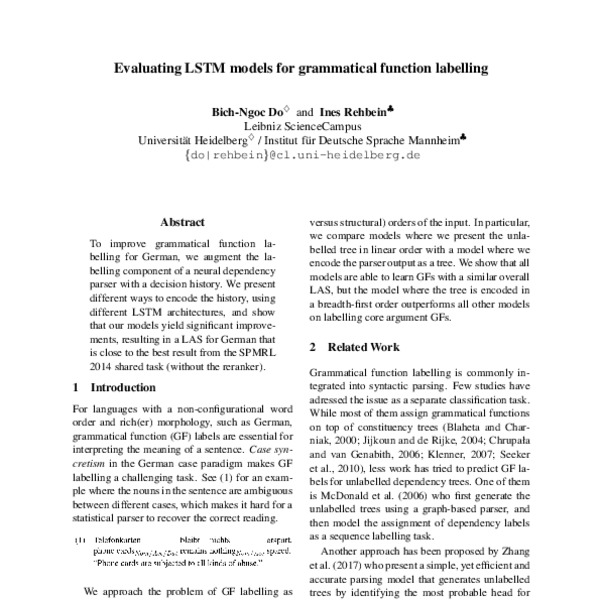


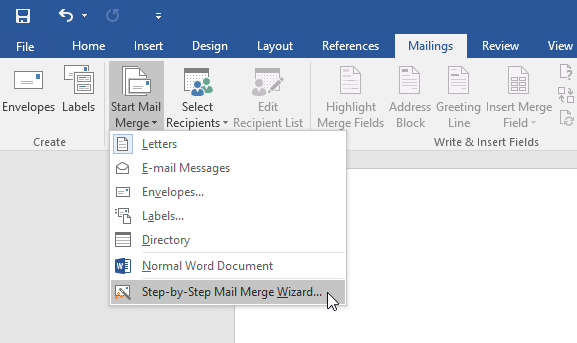




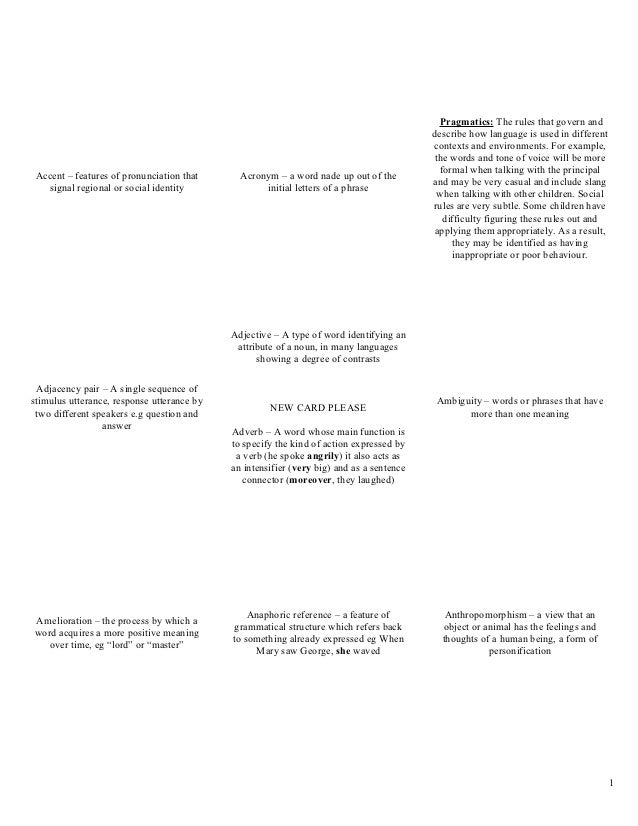
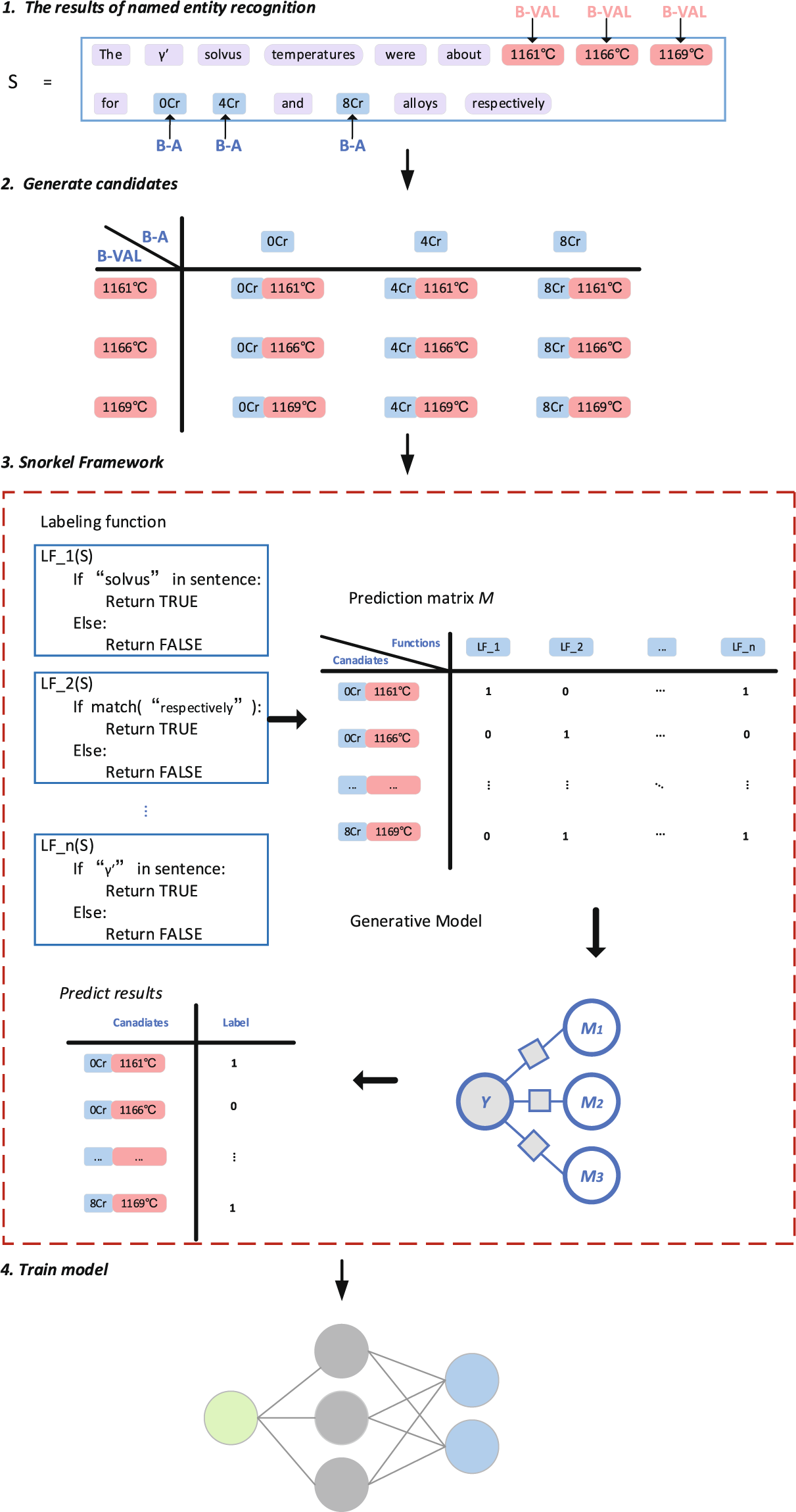

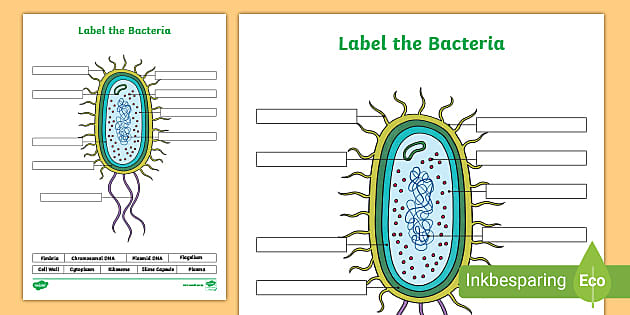
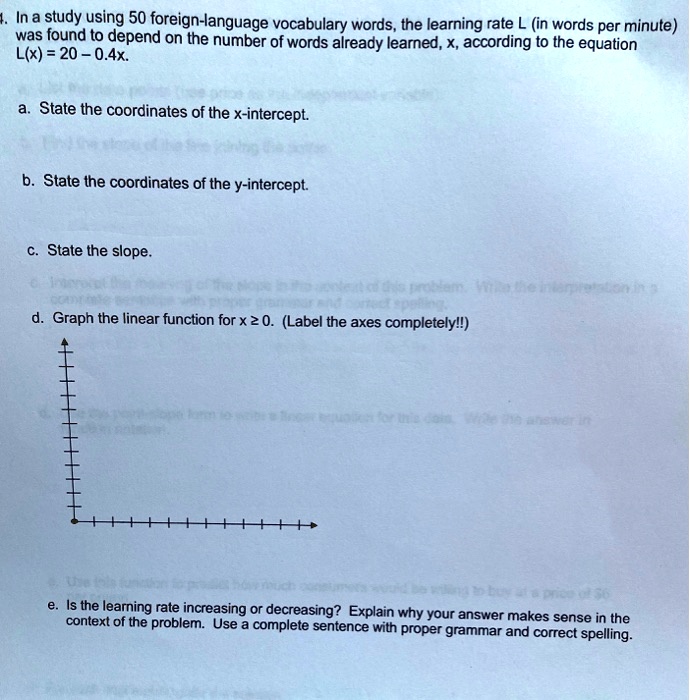

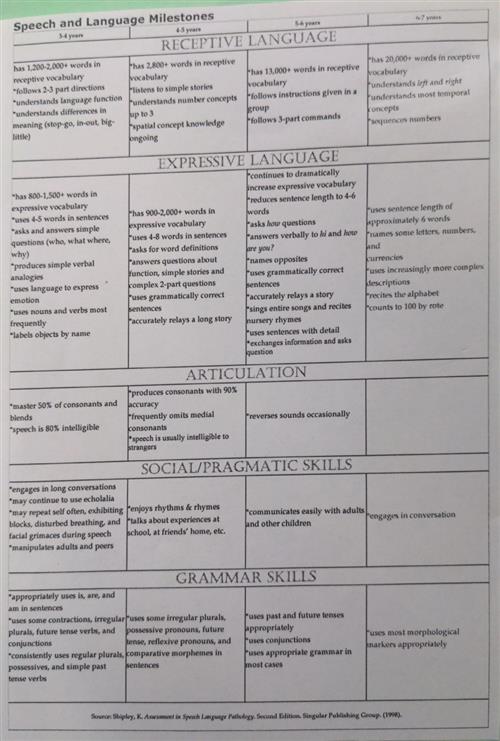

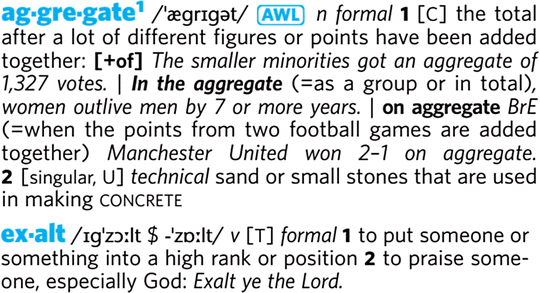
/grammar-4b0fdf0333dd4516a5adcca63af45fc9.jpg)
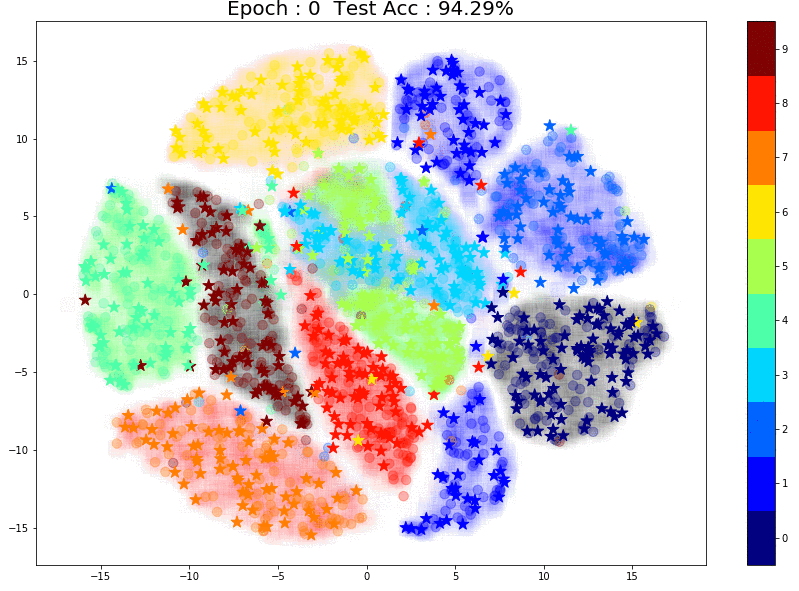
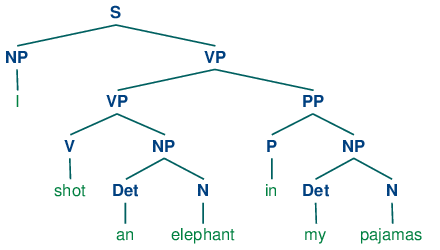




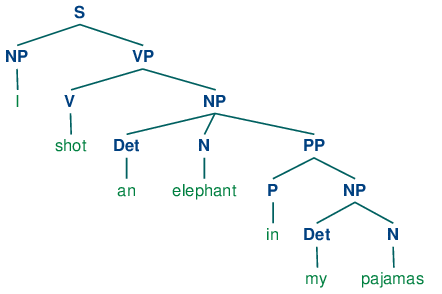
Post a Comment for "39 grammatical labels and functional labels of words"